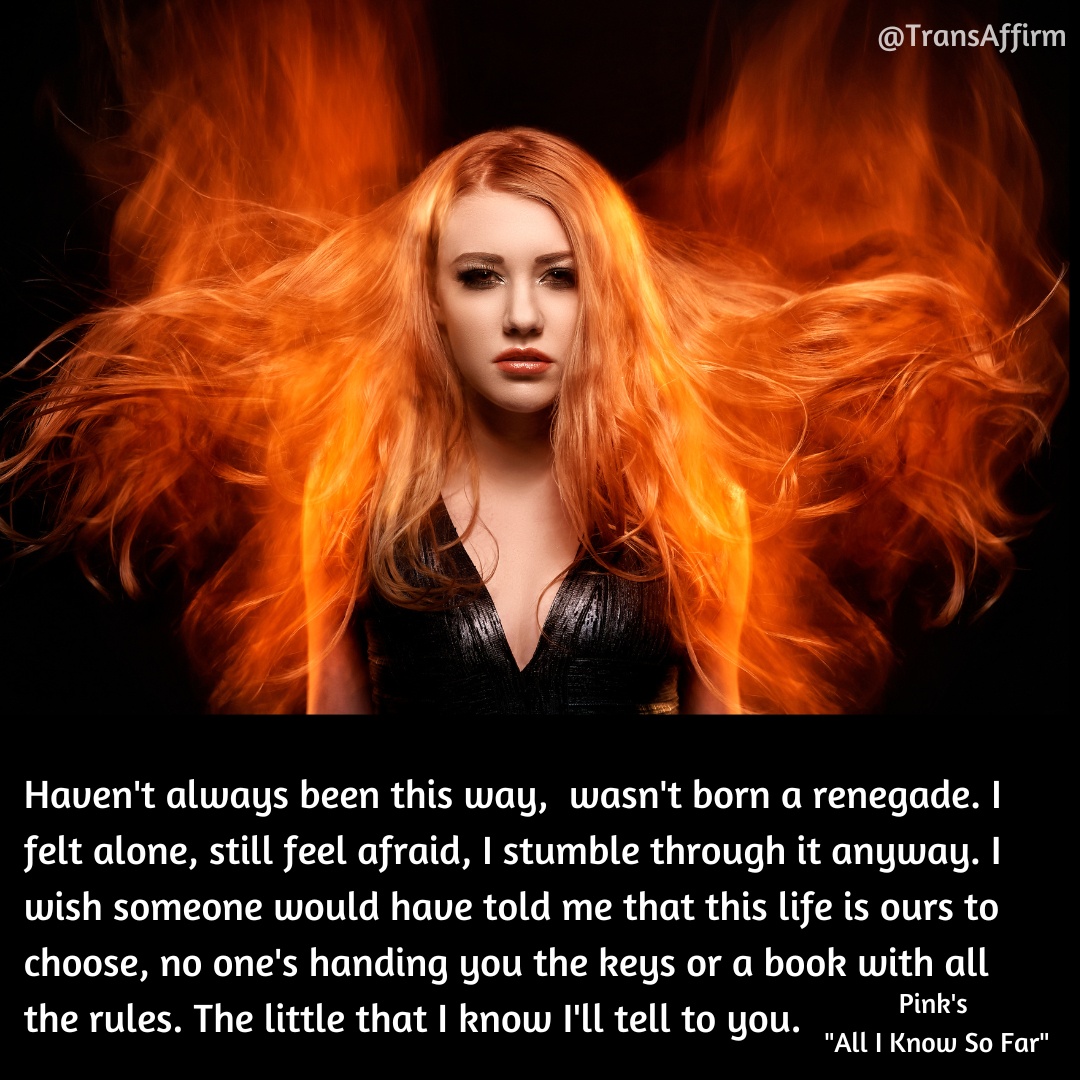Development of Dissociation

So, let’s talk a little bit about how we think about how chronic, problematic dissociation develops.
Dissociation as a response to perception of threat. This evaluation happens at an unconscious and instantaneous level. When the perception is that we cannot fight our way out or flee from the threat, then the last resort is shutting down in an attempt to preserve itself.
This state of collapse or shut down is dissociation. Brain imaging shows that during dissociation almost every area of the brain has a decrease in activation.
During this emergency response, the brain also releases the body’s own opioids and cannabinoids which reduce perceptions of physical and emotional pain and produce calm and detachment from what is happening.
The anesthetic nature of these chemical also results in a lowering of consciousness which interferes with a person’s ability to integrate information about what is happening, as it inhibits/alters neuronal communication.
When caregivers cannot or do not meet the emotional and physical needs of the infant, then the child is vulnerable to learning dissociative coping strategies. This is because the infant cannot utilize other threat responses such as fighting or fleeing their caregivers.
In turn, these children do not learn to manage their emotions, firstly because it is not something they are learning within the attachment relationship with their misattuned caregiver, and secondly because they are learning instead to shut down awareness of their body.
When children do not feel safe and seen by their caregiver, they do not learn to know who they are, instead learning to be what others expect them to be. This in turn may make it difficult for them to develop a sense of inner.










